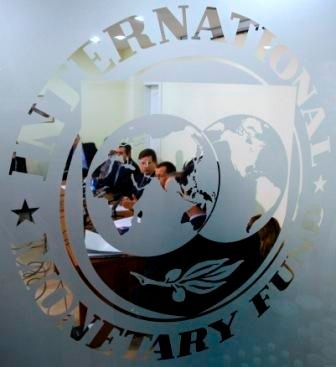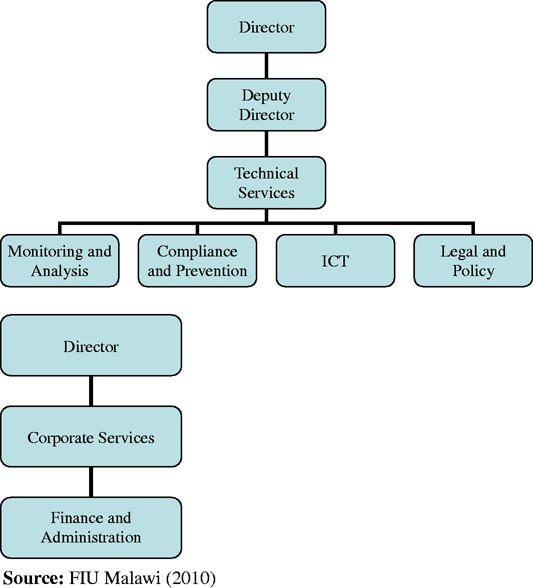Introduction
The international monetary fund(IMF),also called the fund is an international monetary institution established by 44 nations under the Brettonwoods agreement of july 1944.The principal aim was to avoid the economic mistakes of the 1920 and 1930's.The depression was devastating in all form of economic life,Bank field,agriculture prices fell below,the production casts,the factories were closed and million of workers were made jobless.It was against this background that 44 nations assembled at the united nations monetary and financial conference at brettonwoods new hampashire(USA) from 1jully to 22 july 1944.Thus the IMF was established to promote the economis and financial coorperation among its members in order to facilitate the expansion and balanced growth of world trade.It started functioning from Ist march 1947.In 2004 the fund has 186 members.Membership is open to every country that conduct its own foreign policy and is willing to adhere the IMF character of roghts and obligations.Members can leave the IMF whenever they wish.

Quotas and Voting.
The fund has a general account based on quotas allocated to its members.When a country join the fund,it is assigned a quota that governs the size of its subscription,its voting power and its drawing rights.In the begining each members was required 25% of its quota in gold and remaining 75% of quota was to be finished in the country own currency.But it was kept in the country's central Bank.
Objectives of the fund.
According to article the fund the main purpose are.
1. To promote international monetary cooperation through permanent insittutions which provides the machinery for consultation and coolaboration in international monetary problems.
2. To facilitate the expansion and balanced grow of international trade and to contribute there by to promotion and maintenance of high levels of empolyment and real income and to development of the production resources of all members as primary objectives of economic policy.
3. To promote exchange stability,to maintain orderly exchange arrangments among members to avoid comprtitive exchange dereciation.
4. To assist i the establishment of a multi system of payments in respect of current transaction between members and in the elimination of foreign exchange restrictions,which hamper the growth in world trade.
5. To lend confidence to members by making the fundes resources available to then under adequate safeguards.Thus providing the with oppertunity to correct mal-adjustments in their balance of payment without resorting to measures destructive of national or international properties.
6. In accordance with the above,to shorten the duration and lessen the degree of diseauilibrium in the international balance of payments of members.
Organization and structure of the IMF.
The second amendment of the articles of agreement made important changes in the organization and structure of the fund.

1.Board of governors.
The board of governors is the top of the structure of the fund.It is composed of one governor and one alternative governor appointed by each members.the alternative can practicipate in the meeting of the board but has the power to vote only in the absence of governor.
2.Exective board.
The exective board is the most powerful organ of the fund and exercises vast power.It has managing director,who is the chairman of the exective board and control day to day matters of the fund.The exective board has 21 members at present.Five exective directors are appointed by the five members USA,UK,GERMANY,JAPAN and FRANCE.15 exective governors are elected at intervals of two year by the remaining members according to constiencies roughly geographical bases.
Committees
There are two committees in IMF.
1. Interim committee.
The interim committee deal with international liquidity and world monetary arrangement more over this committee analyses the aims of article of the agreements.
2. Development committee.
Where as the development committee suggest those measures where by the real resources could be transfered to the developing countries.The fund has a staff about 2600 heads by managing director who is also the chairman of the exective board.
A member country draw and account totaling 125% of its quota its balance of payment deficit problem usually for 25% of its quota is granted without any restriction beyond first that amounts the fund became relocate to loan and put conditionallity in advance to members before it consider for loan.
In recent years the Ist started attaching conditionality to the use of the fund resources by the members to support circumstances.Conditionality is a requirement of IMF to maintain the balance between financing and policy changes and country that seeks monetary assistance must satisfy the IMF that she is pursuing financial policies which are destined to eliminate its external payment problems.
The IMF has a variety of facilities for lending its resources to member countries.It is an important dinancial institution.The fund lending operations are channelized through the following devise.
1. Compensatory financial faclilty(CFF).
2. Buffer stock facility.
3. The extending financial facility(EFF).
4. The supplementary financing facility.
5. Fund under structural adjustment program(SAP).
6. higher interst rate.
Conclusion.
It is clear that the IMF play a vita role in acieving international economic stabality and promoting healthy international monetary relations.but since its inception the IMF has been failed to achieve its objectives especially in the early years of its operation



